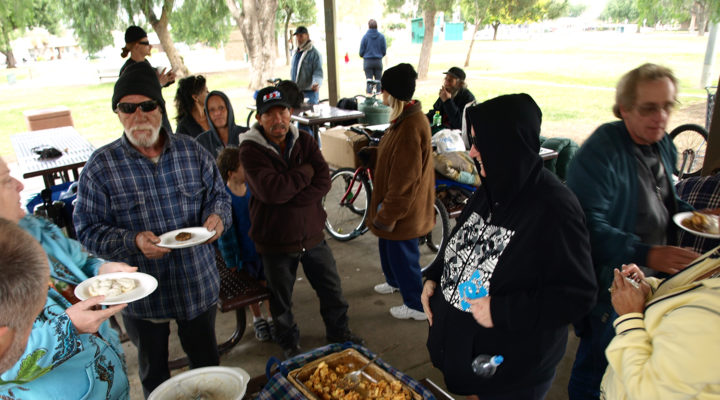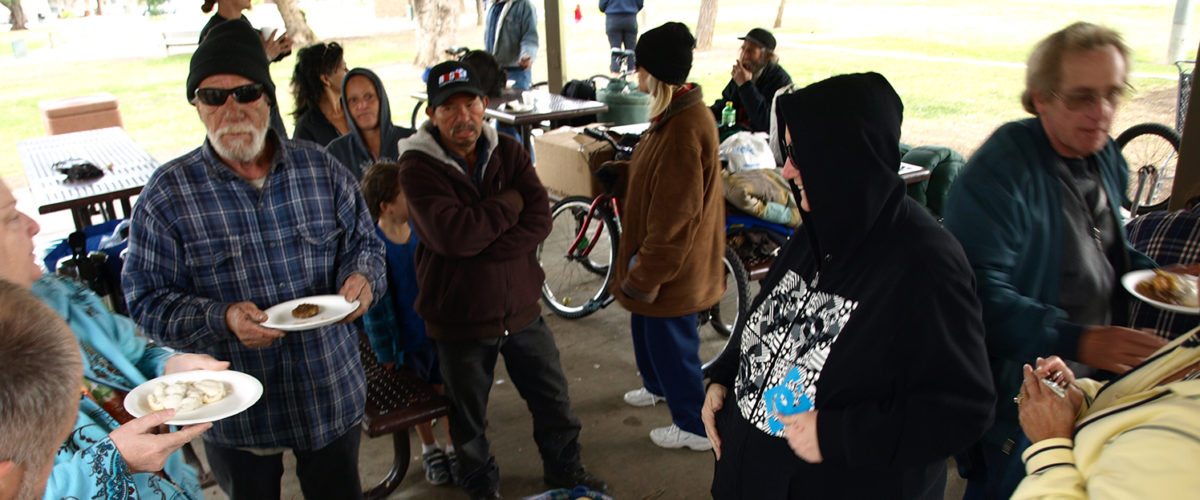Mapping congregational or community assets to identify and implement new programs and ministries doesn’t necessarily require professional expertise, according to a CBF minister experienced in the practice common in community development work.
“It’s really for anybody,” said Jenny Hodge, a former Louisiana-based community practitioner with Together for Hope, the Cooperative Baptist Fellowship’s rural poverty initiative.
“You don’t always have to hire a consultant.”
That’s the message CBF is trying to communicate about asset mapping to churches and ministries in large, medium and small communities alike. And that was the inspiration behind “How to Map the Assets of Your Community,” a workshop offered during the Fellowship’s 2016 General Assembly in June, Hodge said.
Led by Hodge and Lane Riley, director of Delta Hands for Hope in Shaw, Miss., the session presented practical tips and examples to help churches and ministries identify – or map – their strengths.
“It’s a concept so easy it’s hard,” Hodge told Baptist News Global Tuesday. “It means a lot of different things to different people, and we wanted to make it tangible so someone in the pews could do it when they got home.”
‘A way of taking their temperature’
Hodge said two basic approaches were presented in the workshop.
One is the “hearts, hands, head” method. Participants meet to identify their passions (heart), what they have the technical know-how to do (hands) and their intellectual and leadership strengths (head).
“If your congregation is struggling with its identity and you want to engage your community, sometimes this is a good place to start,” said Hodge, now serving as the minister with children, youth and young adults at Churchland Baptist Church in Chesapeake, Va.
Another approach is to map the assets of the community surrounding a church. This includes identifying other churches active in the area.
Pressing needs – such as homelessness, hunger, domestic violence and at-risk children – also are identified. Congregations can then decide to launch ministries to fill gaps in service or to join the ministries or services offered by others churches and nonprofits, Hodge said.
Going through the process, which is normative in the community development field, can help all sorts of congregations, she said.
“It can help a struggling congregation who needs a jump start in terms of getting outside themselves,” she said. “This can be helpful forming that vision.”
“A lot of congregations are struggling because they’ve gotten into a rut doing the same things over and over again hoping for a different result.”
Churches already in tune with their purpose can also benefit from asset mapping.
“Healthy congregations may ask ‘are there other areas we should expand into?” Hodge said. “It’s a way of taking their temperature.”
Engaging the process can help any church detect when practices, programs and ministries just aren’t working anymore, she added.
“A lot of congregations are struggling because they’ve gotten into a rut doing the same things over and over again hoping for a different result,” Hodge said.
That’s where asset mapping, which isn’t necessarily a faith-based practice, becomes a spiritual tool, Hodge said. By looking at assets and best practices, clergy and laity can discern where God is at work – and maybe where he isn’t.
“The goal is to build hope and to create hope and if there is a way to do that we should be doing that – whether that’s in our congregations or our communities,” Hodge said.



